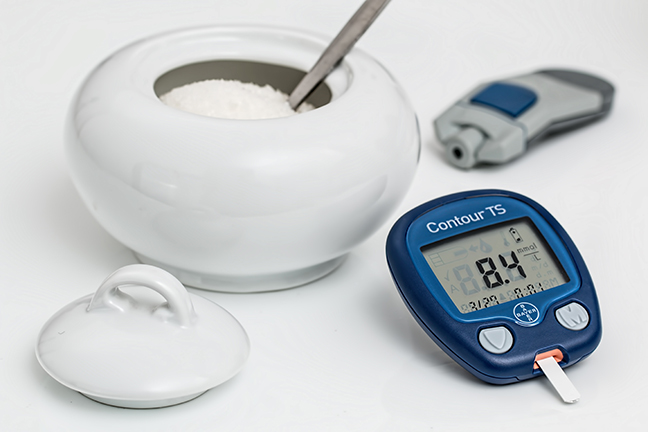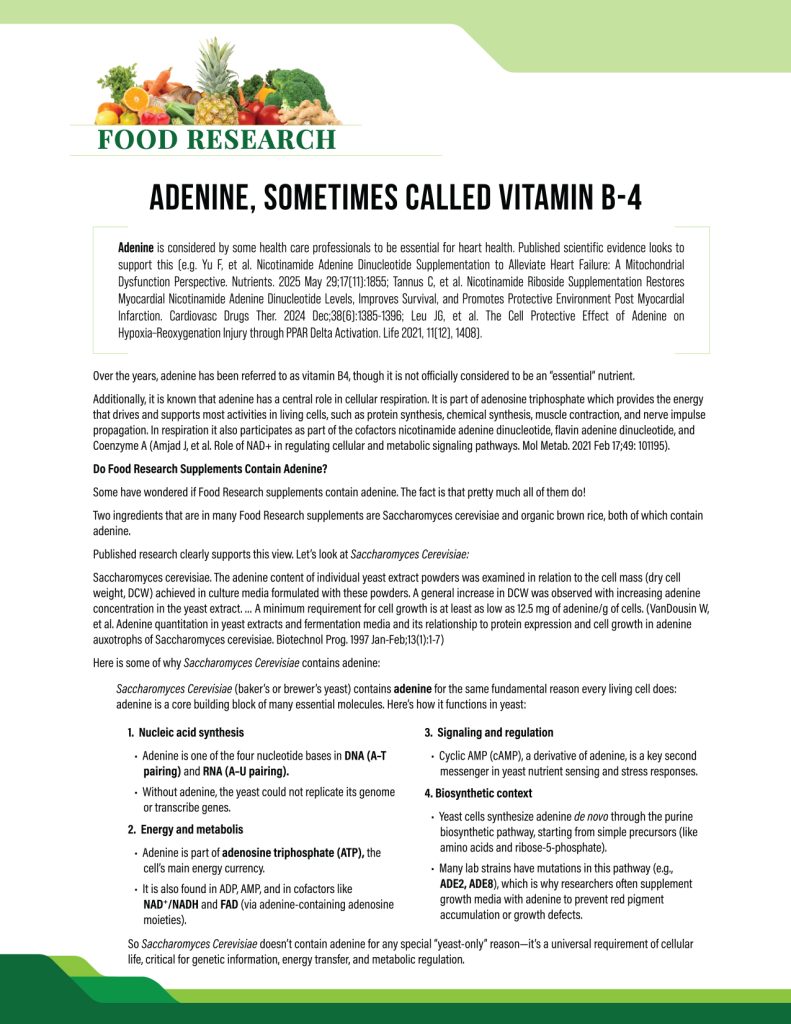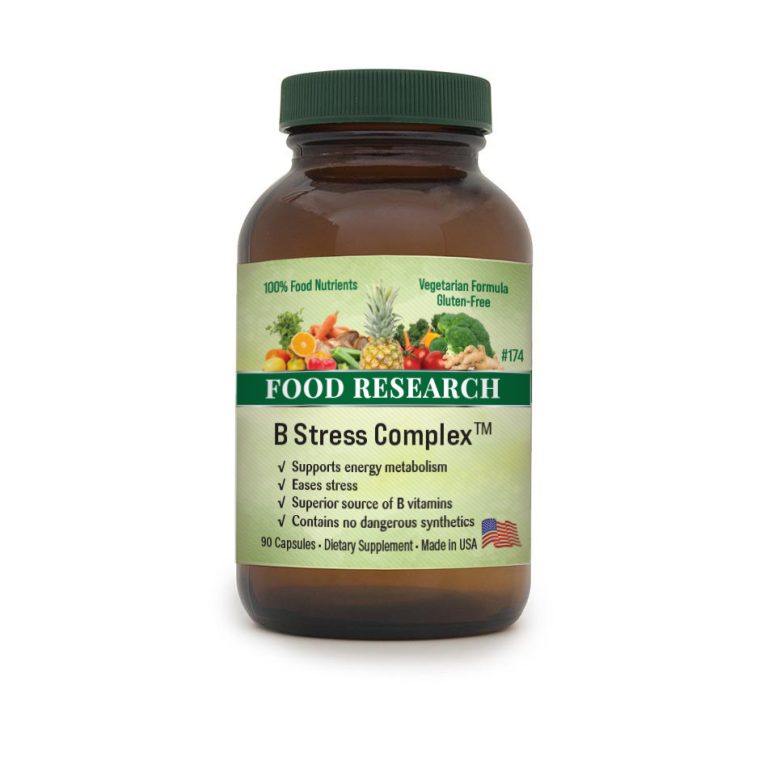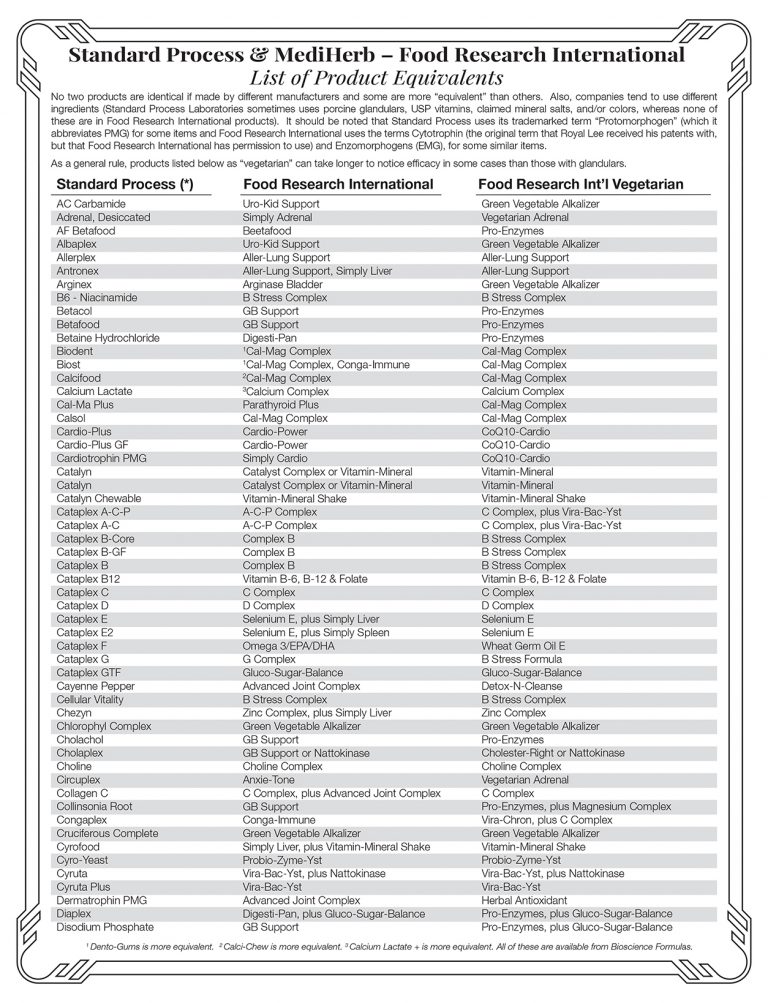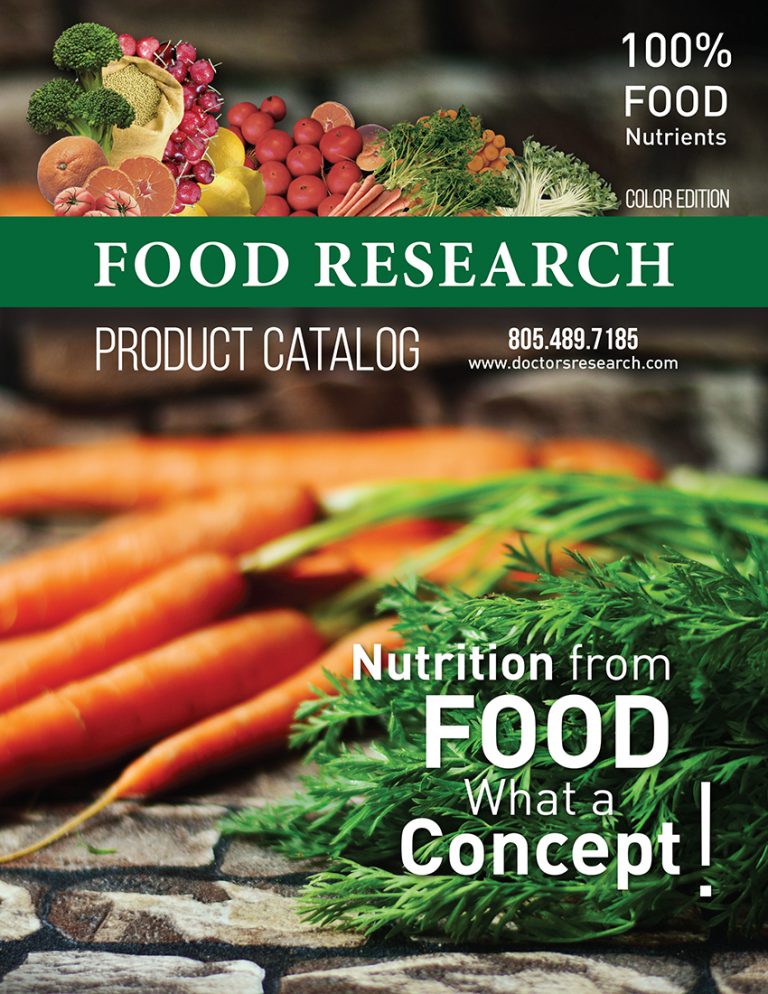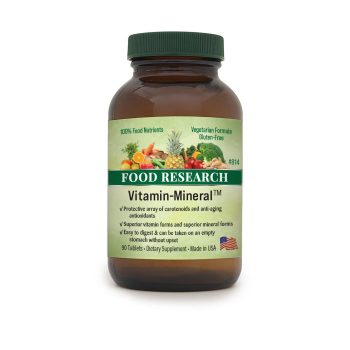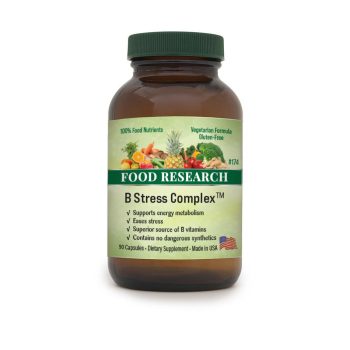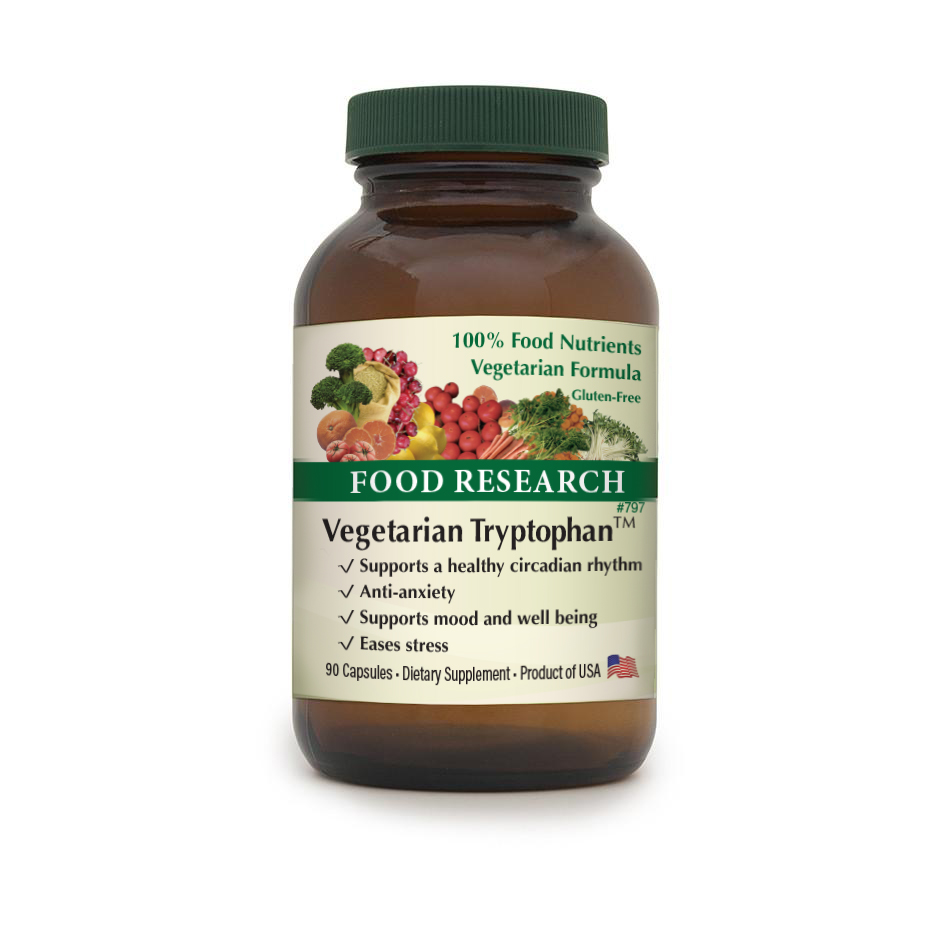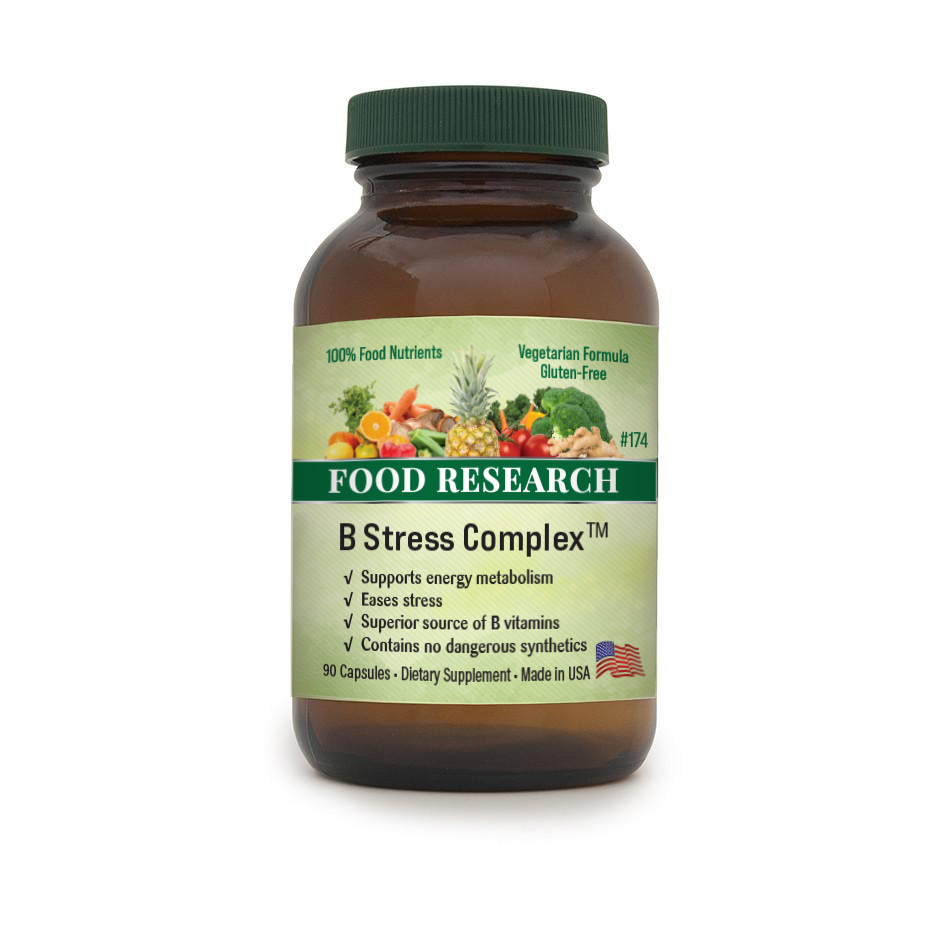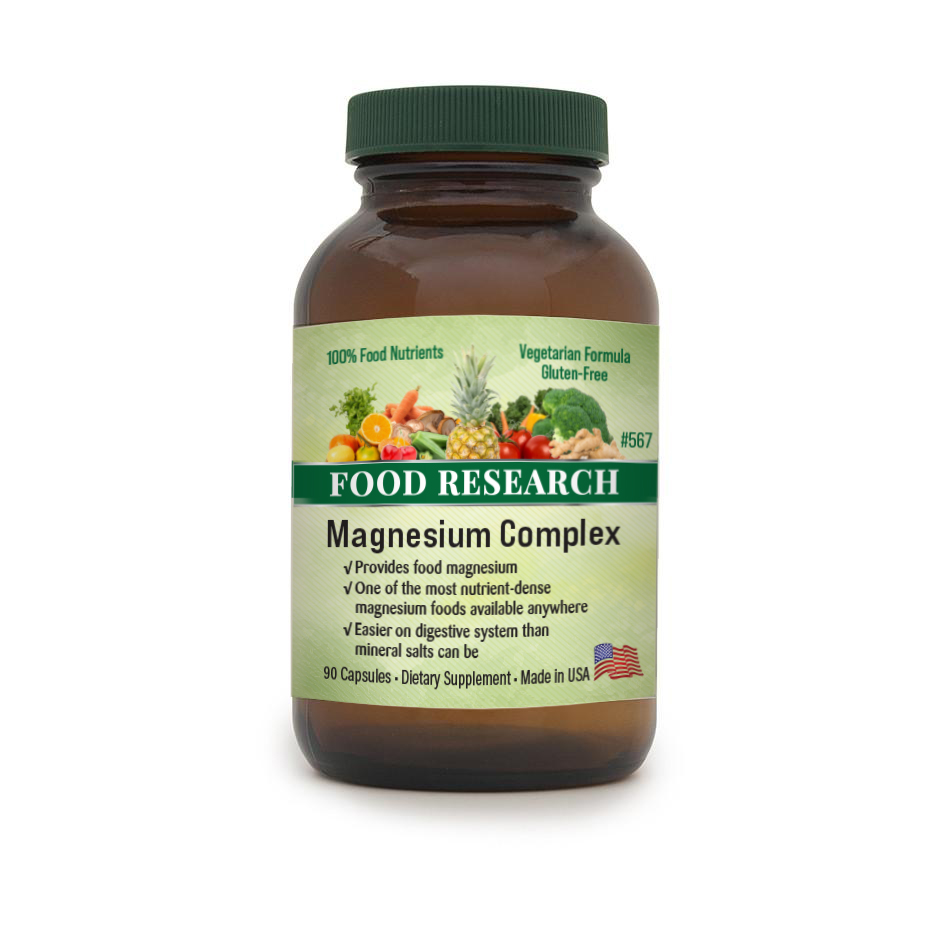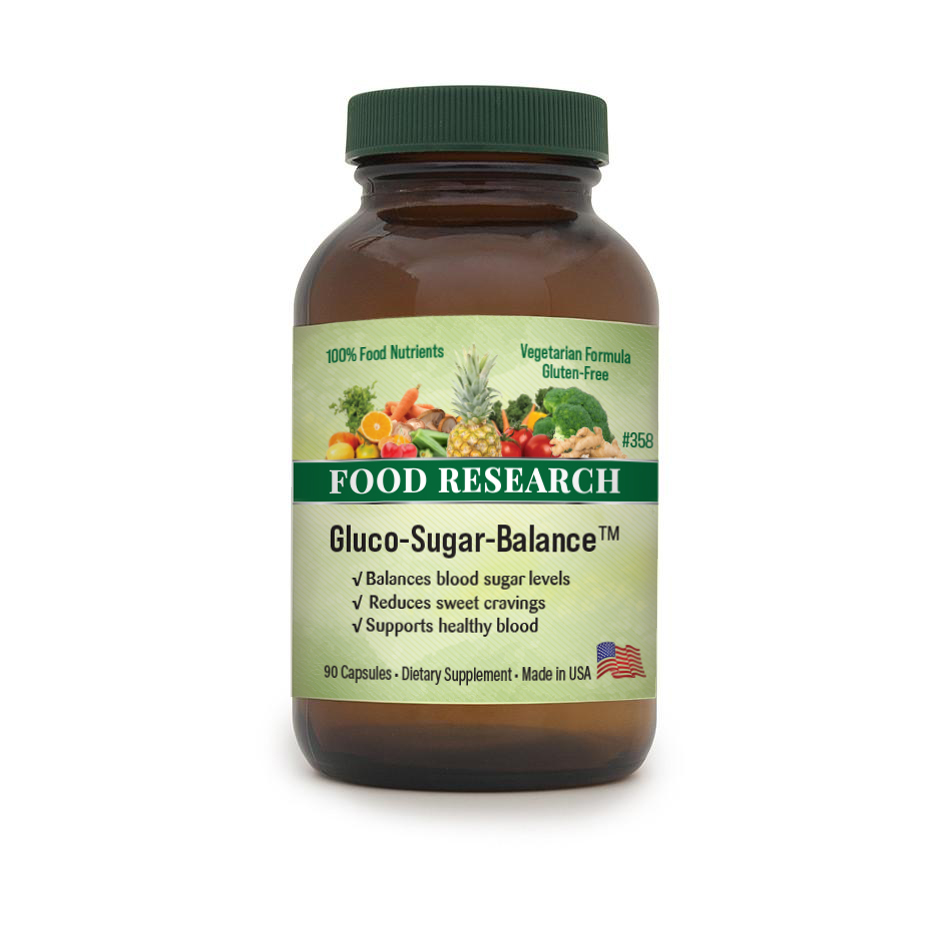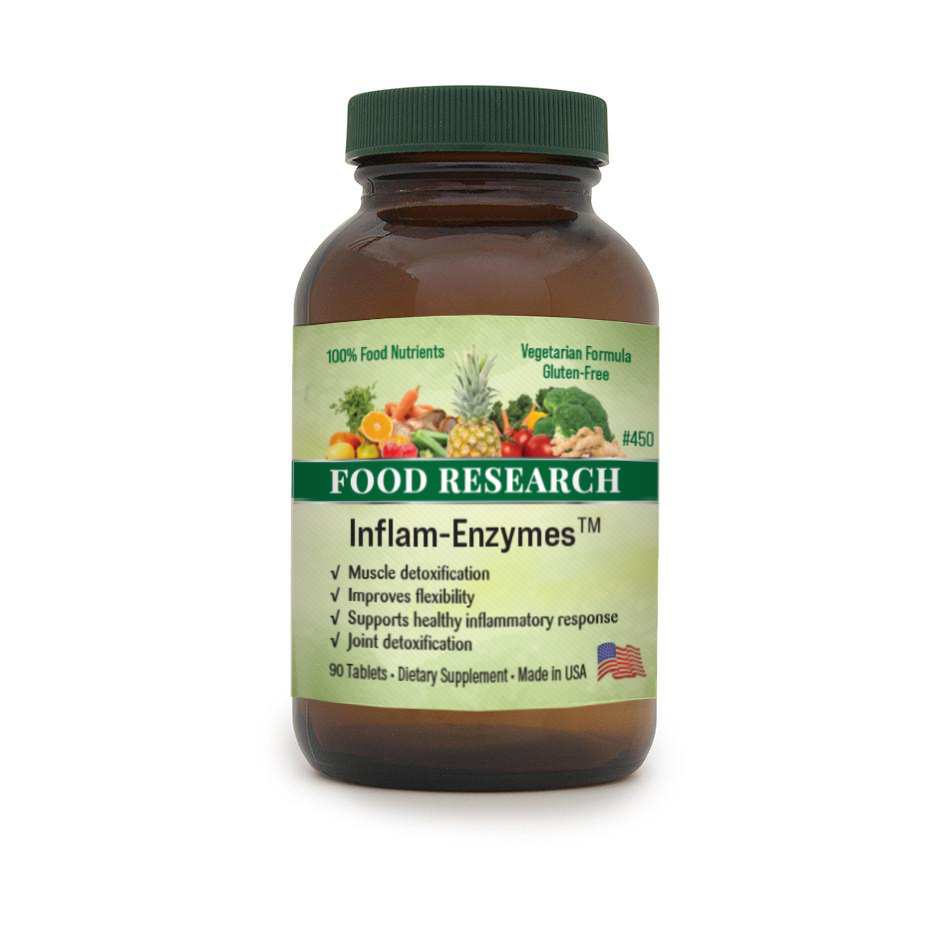References
[1] Shils ME, Olson JA, Shike M. Modern Nutrition in Health and Disease, 9th ed. Williams & Wilkins, Balt., 1999
[2] Whitney EN, Hamilton EMN. Understanding Nutrition, 4th ed. West Publishing, NY, 1987
[3] Leklem JE. Vitamin B6. In Modern Nutrition in Health and Disease, 8th ed. Lea & Febiger, Phil.,1994:383-394
[4] Ensminger AH, Ensminger ME, Konlade JE, Robson JRK. Food & Nutrition Encyclopedia, 2nd ed. CRC Press, New York, 1993
[5] Shils ME, et al. Modern Nutrition in Health and Disease, 10th ed. Lipponcott Williams & Wilkins, Balt., 2006
[6] Mervyn L. The B Vitamins. Thorsons, Wellingborough (UK), 1981
[7] Vitamin-Mineral Manufacturing Guide Nutrient Empowerment, volume 1. Nutrition Resource, Lakeport (CA), 1986
[8] Glauser TA, Morita DA. Encephalopathic epilepsy after infancy. In Pediatric Epilepsy, 2nd ed. Demos, New York, 2001:201-218
[9] Hendler SS, Rorvik D, eds. PDR for Nutritional Supplements. Medical Economics, Montvale (NJ), 2001
[10] Shils ME, Olson JA, Shike M. Modern Nutrition in Health and Disease, 8th ed. Lea & Febiger, Phil., 1994
[11] Ishida A, Kanefusa H, Fujita H, Toraya T. Microbiological activities in nucleotide loop-modified analogues of vitamin B12. Arch Microbiol 1994;161(4):293-299
[12] Tandler B, Krhenbul S, Brass EP. Unusual mitochondria in the hepatocytes of rats treated with a vitamin B12 analogue. Anat Rec 1994;231(1):1-6
[13] Moracova M, et al. Biological properties of vitamin B12. Nutr Res Rev. 2025 Jun;38(1):338-370
[14] Mather Y, Hazra AB. Methylations in vitamin B12 biosynthesis and catalysis. Curr Opin Struct Biol. 2022 Dec:77:102490
[15] Verhoef P. Homocysteine metabolism and risk of myocardial infarction: Relation with vitamin B6, B12, and Folate. Am J Epidemiol 1996;143(9):845-859
[16] Brattstrom L. Vitamins as homocysteine-lowering agents: A mini review. Presentation at The Experimental Biology 1995 AIN Colloquium, April 13, 1995, Atlanta Georgia
[17] Lucock M. Is folic acid the ultimate functional food component for disease prevention? BMJ, 2004;328:211-214
[18] Menezo Y. Folic Acid, Folinic Acid, 5 Methyl TetraHydroFolate Supplementation for Mutations That Affect Epigenesis through the Folate and One-Carbon Cycles. Biomolecules. 2022 Jan 24;12(2):197
[19] Macrae R, Robson RK, Sadler MJ. Encyclopedia of Food Science and Nutrition. Academic Press, NY, 1993
[20] Thiel R. Folic Acid is Hazardous to Your Health. What About Food Folate? The Original Internist, 17(2) June 2010, 88-90; Thiel R. Is Folic Acid is Hazardous to Your Health? What About Food Folate? Monitor of Naturopathy, Spring 2025
[21] Gonzalez-Gross M, Marcos A, Pietrzik K. Nutrition and cognitive impairment in the elderly. Br J Nutr 2001;86:313-321
[22] Brown S, et al. High serum homocysteine appear to be a risk factor. Family Practice News May 1, 1995:25
[23] Null G. Superoxide Dismutase. In The Clinician’s Handbook of Natural Healing. Kensington Books, New York, 1997:137-144
[24] Romandini P, Bonotto C, Bertoloni G, Beltramini M, Salvato B. Superoxide dismutase, catalase and cell dimorphism in Candida albicans cells exposed to methanol and different temperature. Comp Biochem Physiol Pharm Toxicol Endocrinol,1994;108(1):53-57 [25] Thompson FE, et al. Sources of fiber and fat in the diets of U.S. women ages 19 to 50: implications for nutritional education and policy. Am J Pub Health 1992, 82(5):695-702
[26] Dietary fiber: importance of function as well as amount. Lancet 1992, 340:1133-1134
[27] Jensen B. The Chemistry of Man. Bernard Jensen, Escondido, 1983
[28] Nielsen FH. Ultratrace minerals. In Modern Nutrition in Health and Disease, 9th ed. Williams and Wilkins, Balt.;1999:283-303
All products distributed by Doctors’ Research, Inc. are nutritional and are not intended for the treatment or prevention of any medical conditions.
